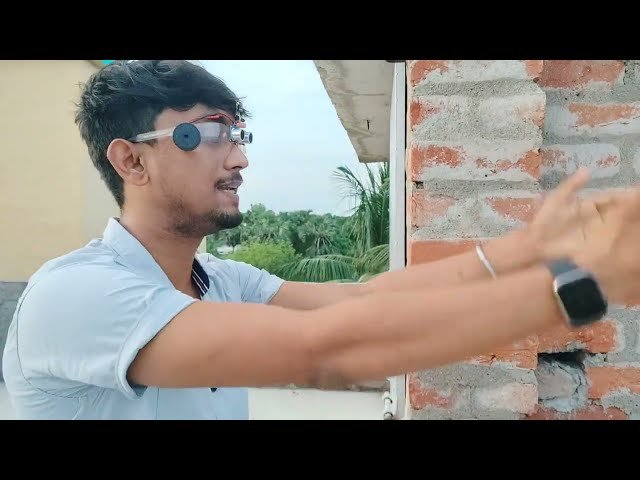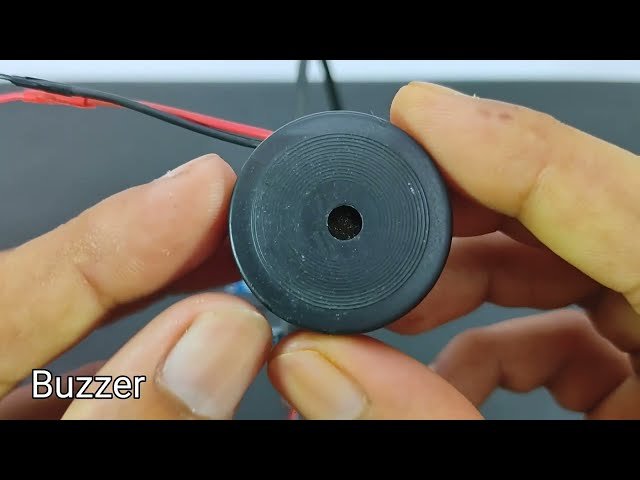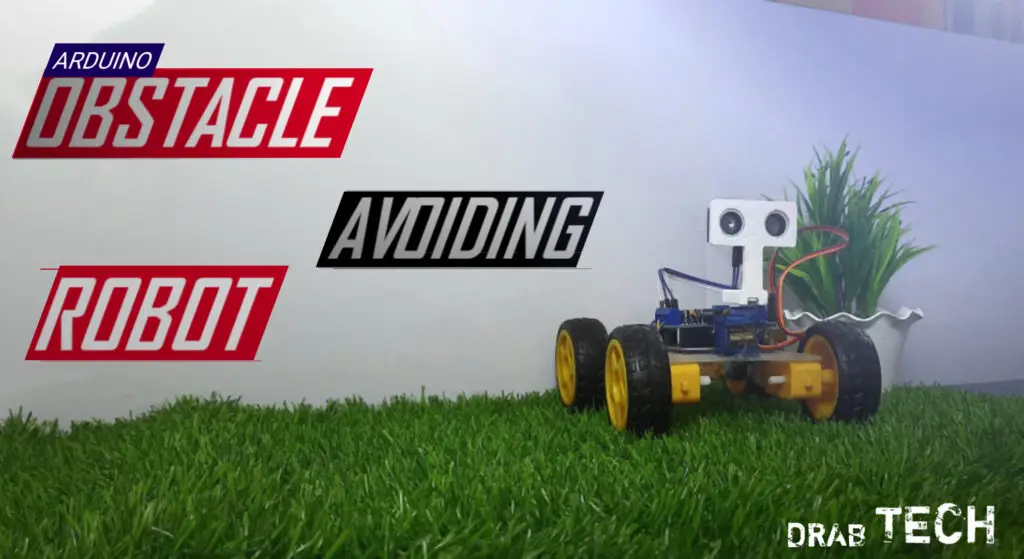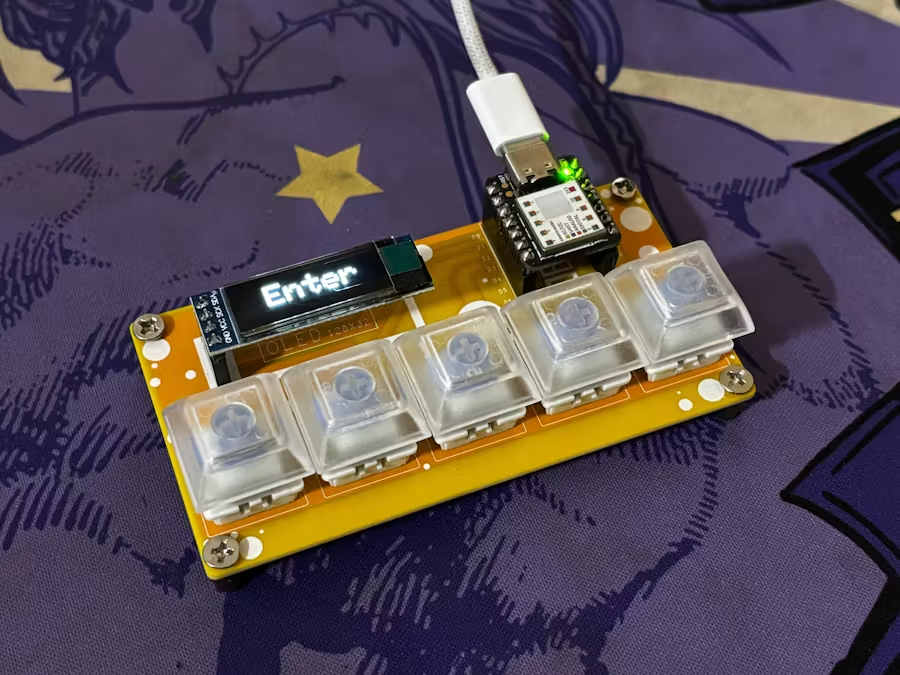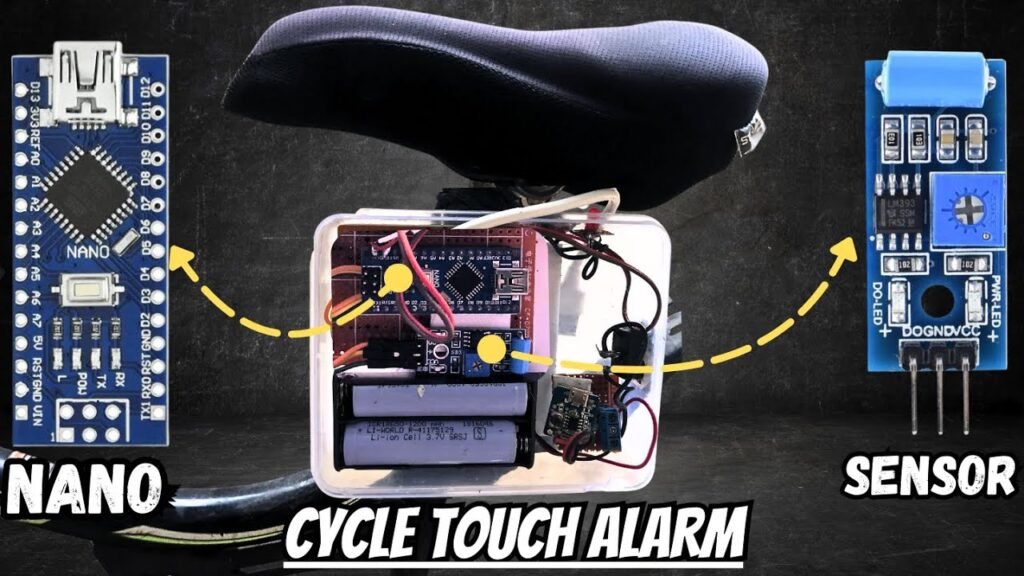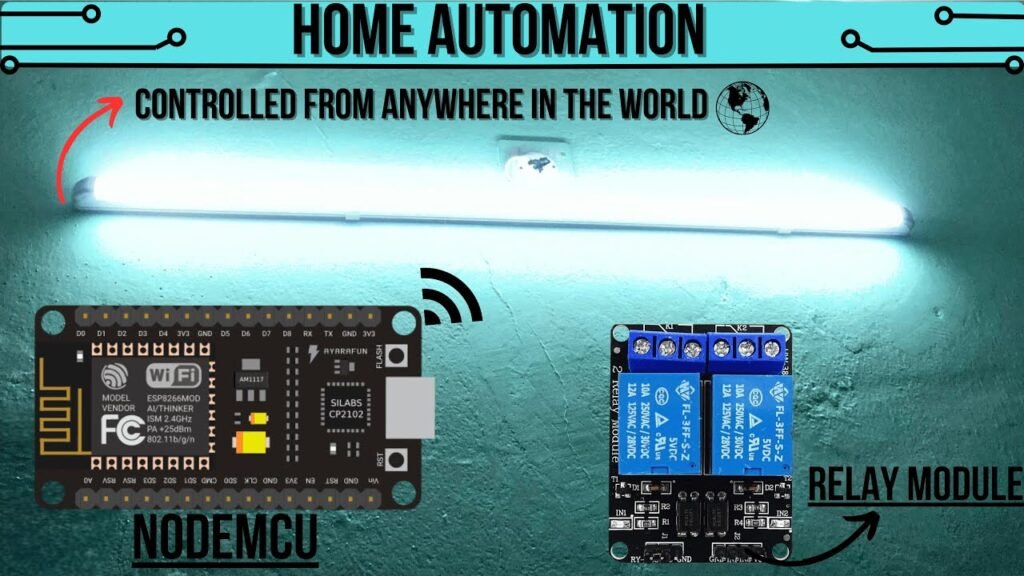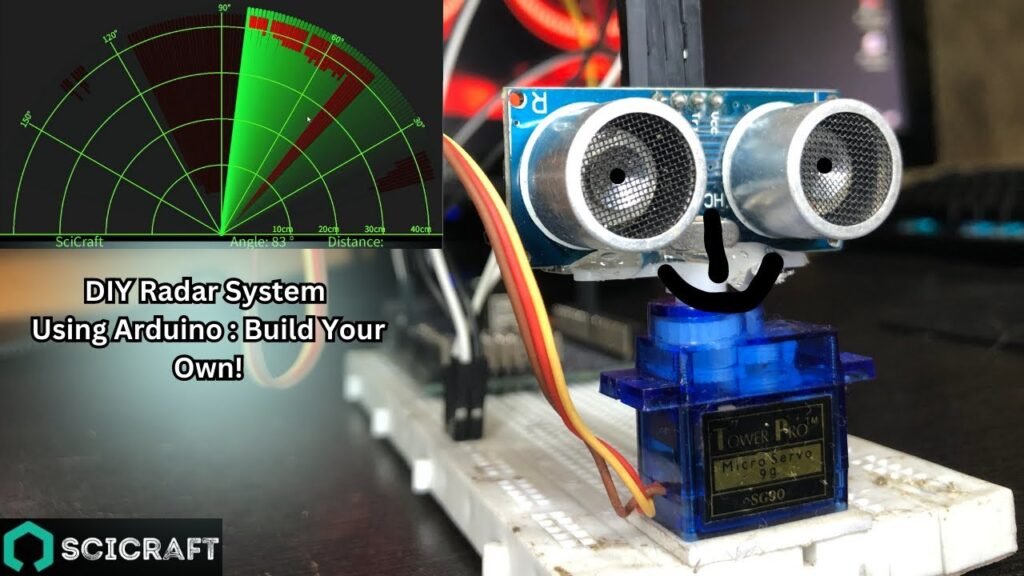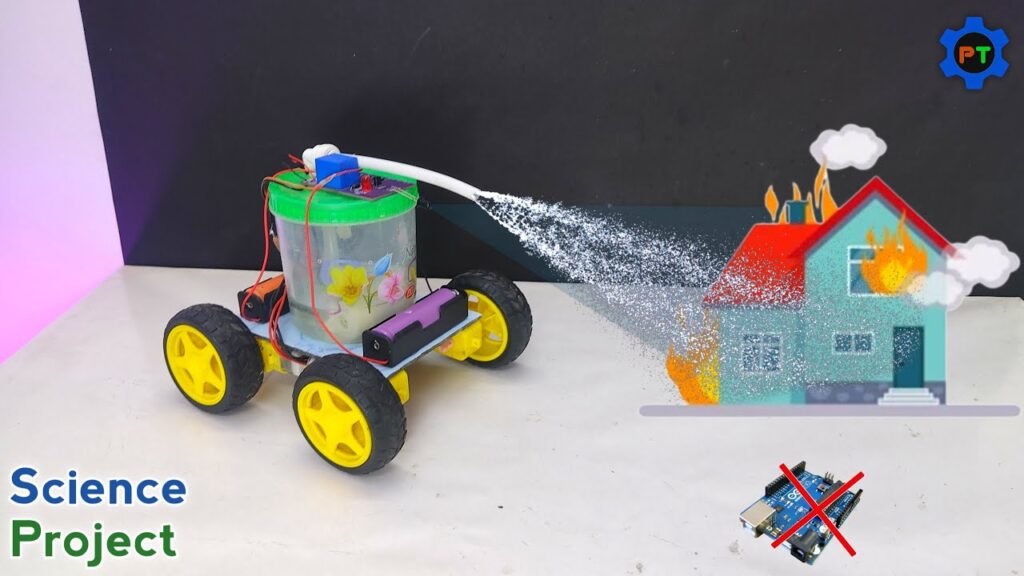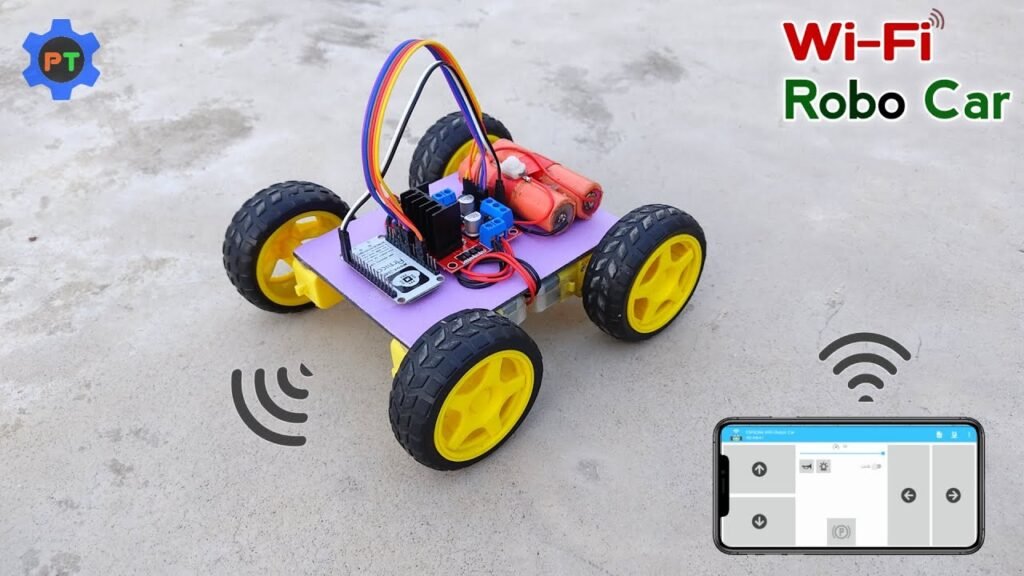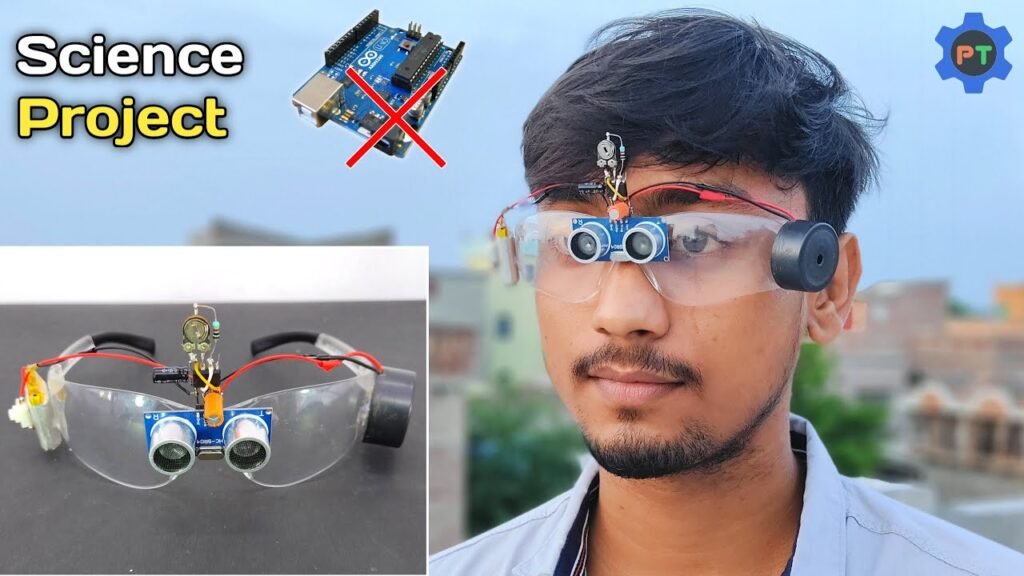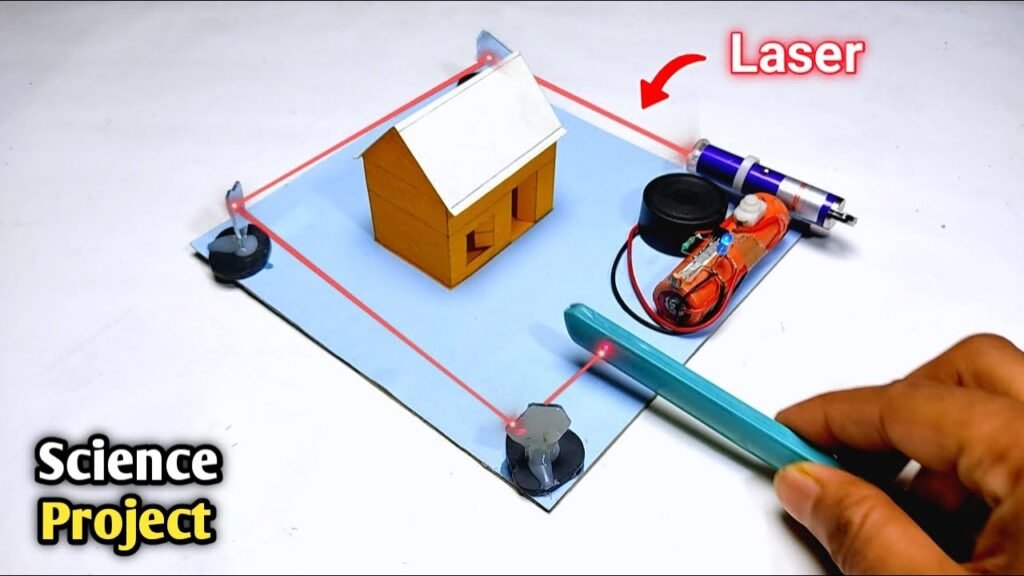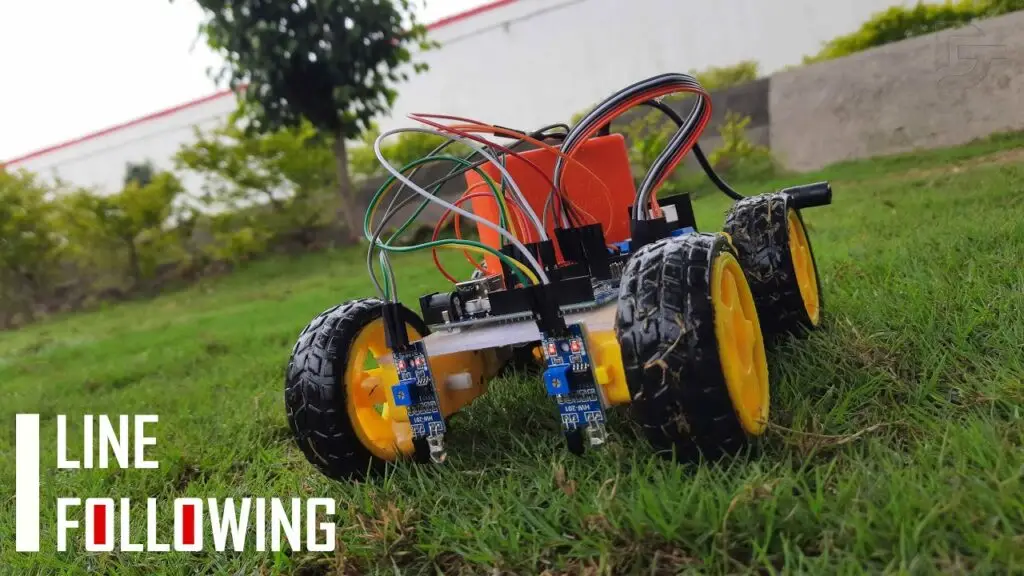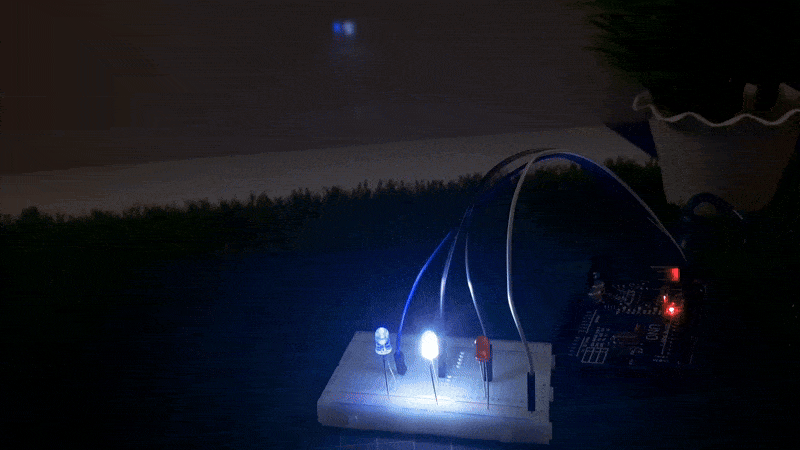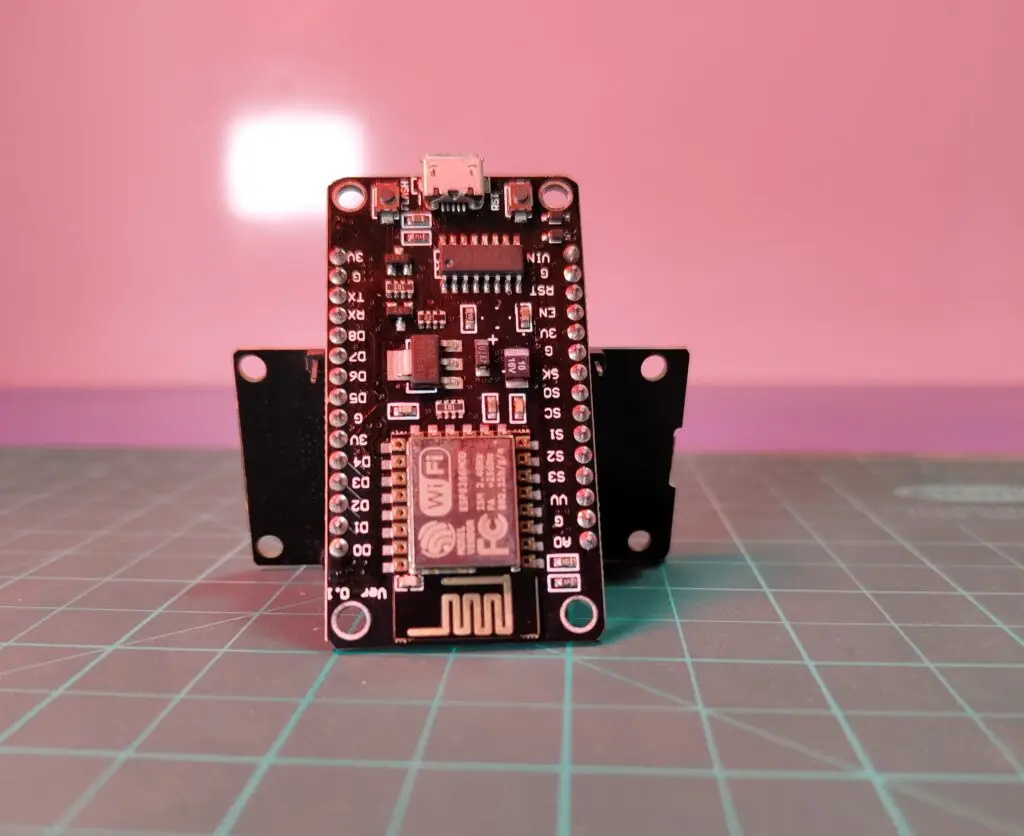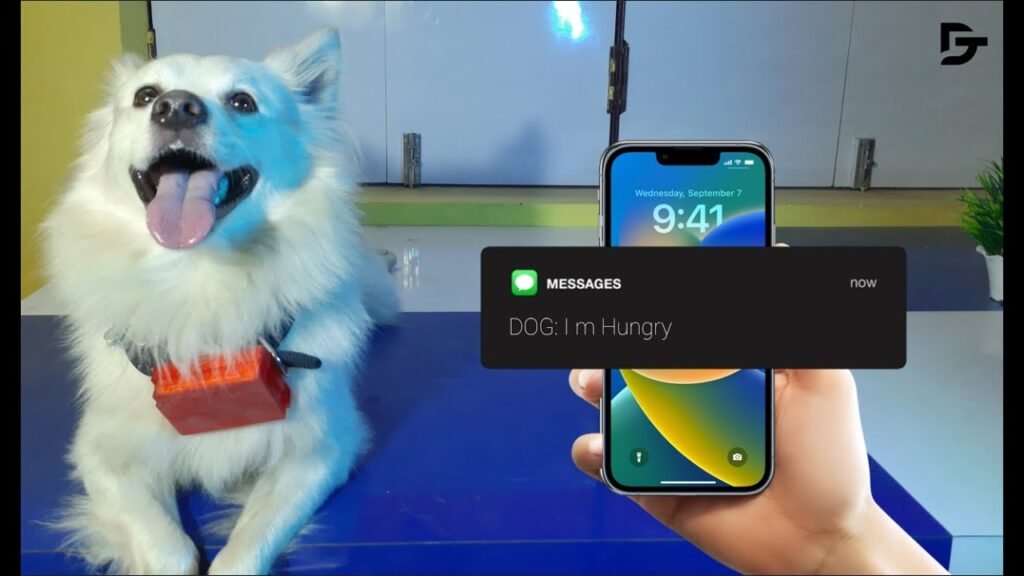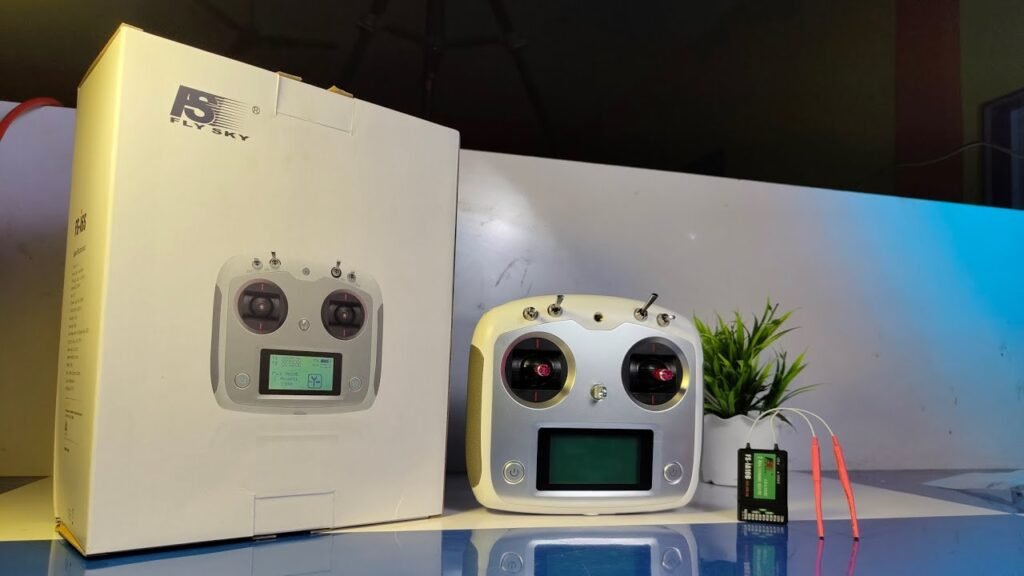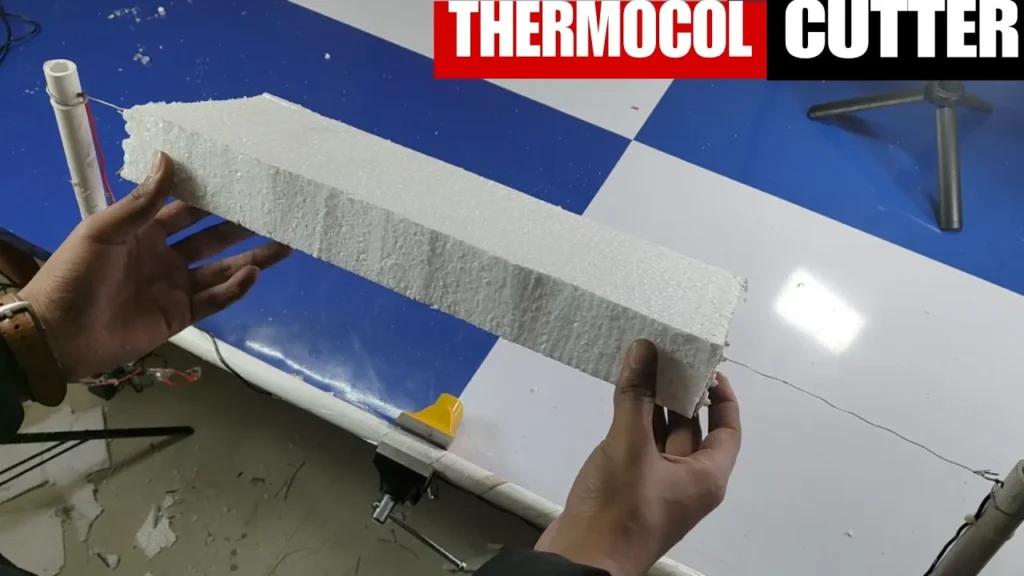🛠️ How to Make Smart Glasses for Blind (Without Arduino)
🔹 Step 1: Prepare the Glass Frame
Use a simple sunglass or spectacle frame.
Remove the lenses and make space for attaching sensors and electronics.
🔹 Step 2: Mount the Ultrasonic Sensor
Place the ultrasonic sensor at the front center of the frame.
Secure it using hot glue or double-sided tape.
This sensor will detect obstacles in front of the user.
🔹 Step 3: Build the NE555 Circuit
Use a breadboard or small PCB to connect the components:
NE555 timer configured in monostable mode.
Connect 10KΩ and 1KΩ resistors, capacitors as per circuit diagram.
The trigger pin (pin 2) receives signal from the ultrasonic sensor.
🔹 Step 4: Connect the Output to Buzzer
Output pin (pin 3) of NE555 IC is connected to a 5V buzzer.
When an obstacle is detected, the NE555 timer activates the buzzer.
Use a tactile switch to turn the circuit on/off manually.
🔹 Step 5: Power Supply
Use a 3.7V battery to power the entire circuit.
Connect battery output to the VCC and GND of the system via switch.
Optionally, use a charging module (TP4056) if you want rechargeable glasses.
🔹 Step 6: Final Assembly
Secure all components neatly on the glasses frame.
Use heat shrink tubing or insulation tape to cover exposed wires.
Make sure the circuit is lightweight and wearable.
⚙️ How It Works
The ultrasonic sensor continuously checks for obstacles.
When any object comes close (within 1–2 meters), it triggers the NE555 timer.
The NE555 sends a pulse to activate the buzzer.
The user hears a buzzing sound — acting as an alert for nearby objects.
💡 Applications
Blind or visually impaired assistance device
Obstacle detection for robotics
Walking aid enhancement tool
Science exhibition / Inspire Award project


